Have you heard of carbonic maceration? It is rather an old technique that is, once again, becoming a hot topic. The technique was invented by Michel Flanzy in 1934. At the time, apples were stored under CO2 in order to keep them from rotting, and he theorized that the same could be true to increase the storage time for grapes. But unfortunately, or fortunately for winelovers, the process did not work. The grapes began to ferment, thanks to the natural yeast on the skins. The juice had low alcohol along with unique flavors. Since the wine was created using the “blanket” of CO2, it was named maceration carbonique (carbonic maceration.)
Carbonic maceration is the standard in Beaujolais, and has been popular in other regions such as Rioja, Italy for the production of Barlo and Barbaresco, and Georgia where the use of qvevri aid in the maceration. Beaujolais Nouveau, probably the most common wine produced in this fashion, is regulated by the French government. It is released annually on the third Thursday of November at precisely 12:01am.
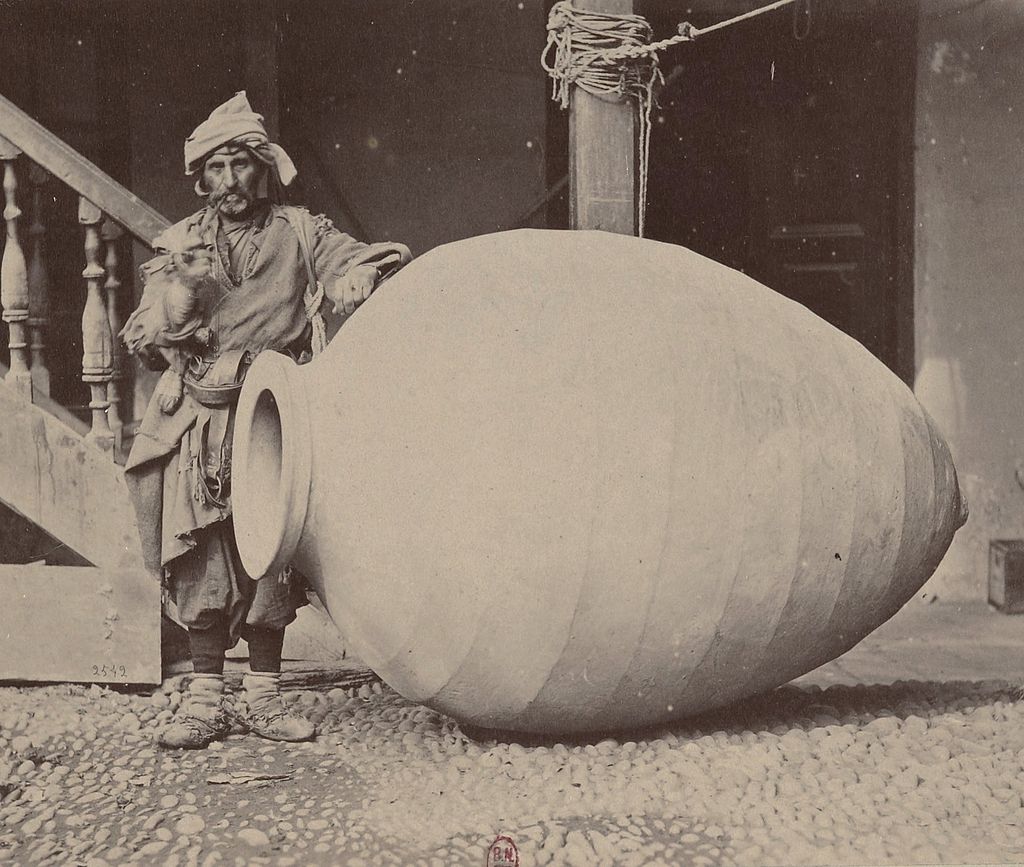
Before we can dive into the process of carbonic maceration, we need to review a non-carbonic process of wine making. Generally, red wine is produced by picking the grapes either by hand or mechanical and brought to the winery. The grapes are then de-stemmed and crushed allowing the juice to be released. The juice remains in contact with the skins to allow for color extraction as well as flavor and textural compounds to be integrated into the juice. Fermentation occurs either spontaneously with native yeast or commercial yeast is added. After fermentation is completed, the juice is pressed off the skins and the wine then begins its aging process in whichever vessel the winemaker sees fit until it is ready to be bottled. Racking, fining and filtering are optional processes prior to bottling.

Now that we are reminded how red wine is made, we can discuss the differences in carbonic maceration. In this process, the grapes are not ripped from their stems. Instead, the wine is fermented while the grapes are still attached to the stems and not crushed. The tank is then sealed and filled with carbon dioxide. This blanket creates an anaerobic (lack of oxygen) environment allowing the yeast on the skins to begin eating the sugar within the grapes and basically making each grape its own fermentation vessel. As the yeast consume the sugar, they produce alcohol and the grapes are crushed naturally.
Have you been missing the weekly Exploring the Wine Glass posts? They have moved. Sign up below to receive notification of new posts. Subscribe to Dracaena Wines’ blog in the sidebar on this page.
The result is a very fruit forward wine that is low in tannins, alcohol but with high acidity. These wines are made with the understanding that they are to be drunk young. It is thought that carbonic maceration increases the varietal characteristics of the variety and can add more character to those that are a bit less aromatically exciting such as Gamay. It can also be used to mask the aggressive distinctiveness of others such as some French hybrids.
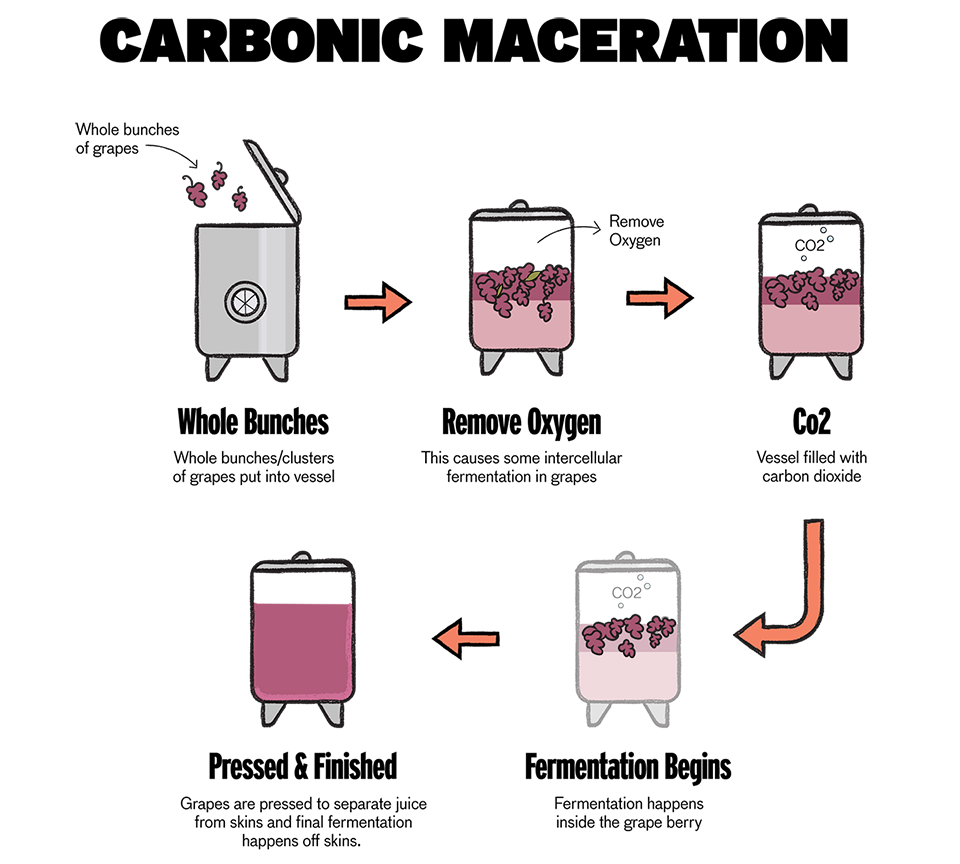
Carbonic maceration is often confused with another wine making technique known as whole cluster fermentation. The process is similar in the fact that the winemaker doesn’t crush the fruit prior to fermentation, but differs in that CO2 is not used to blanket the fruit and create the anaerobic fermentation.
Finally, there is semi-carbonic maceration. As the name suggests, this process is a combination of both carbonic maceration and whole cluster fermentation. In this process, the grapes remain on their stems and start their fermentation under the CO2 blanket. After approximately a week, the grapes are pressed and yeast is added to the juice to continue fermentation in an aerobic environment. This will provide a higher alcohol wine with a bit more tannic structure.
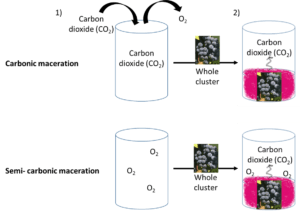
~Slàinte!
Please follow us on Instagram, Twitter, Facebook and Youtube.
We’ve stacked the odds so that you can get our award winning wines without breaking the bank. Click the image to find out all of the benefits of joining the CHALK CLUB including discounted shipping and up to 25% off all purchases. .

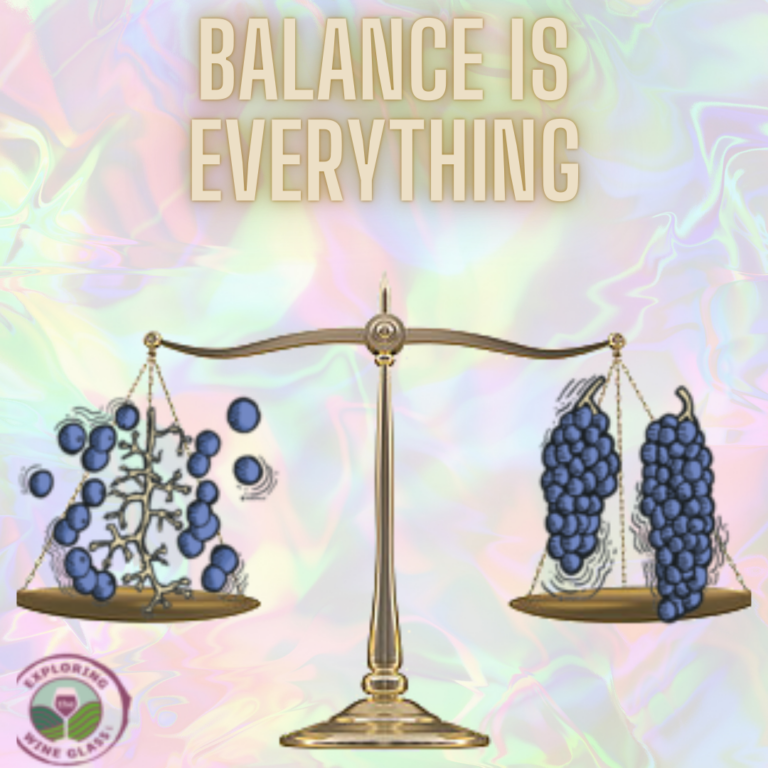

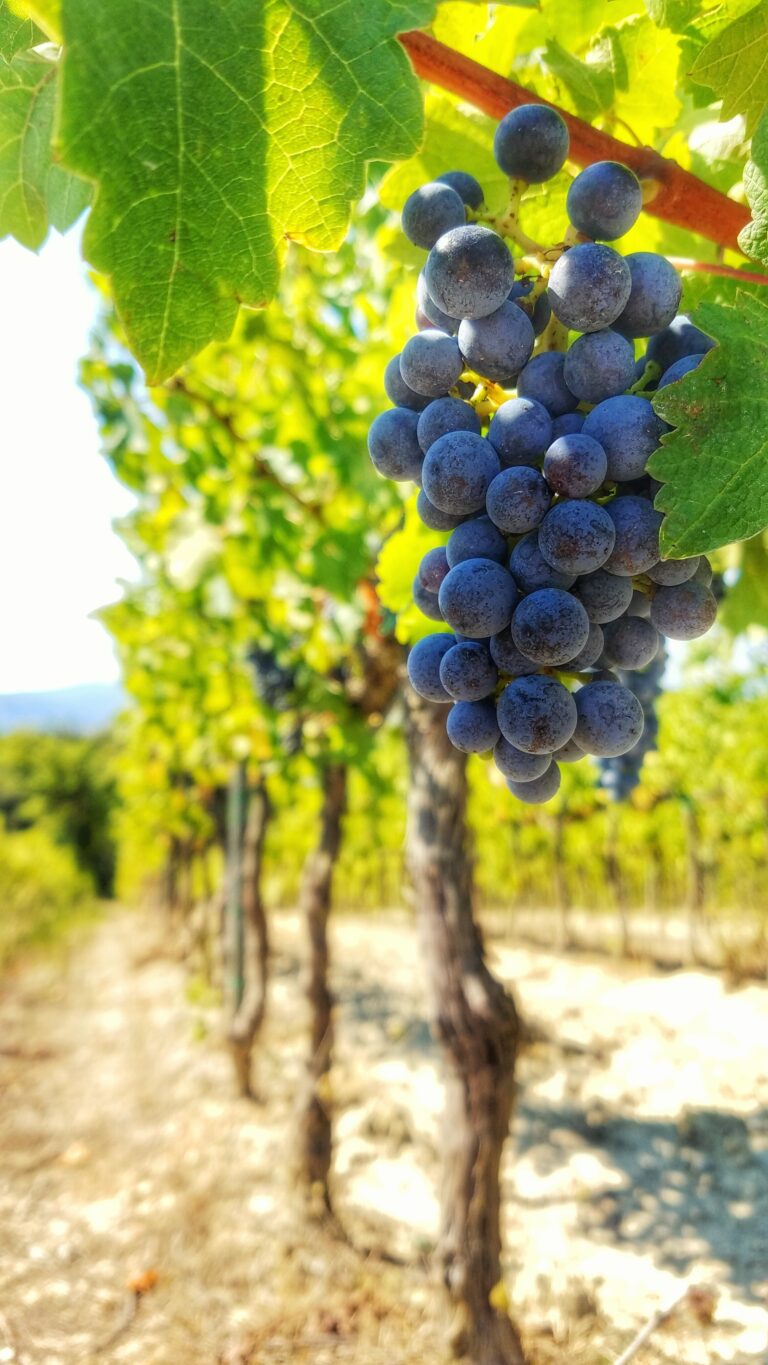
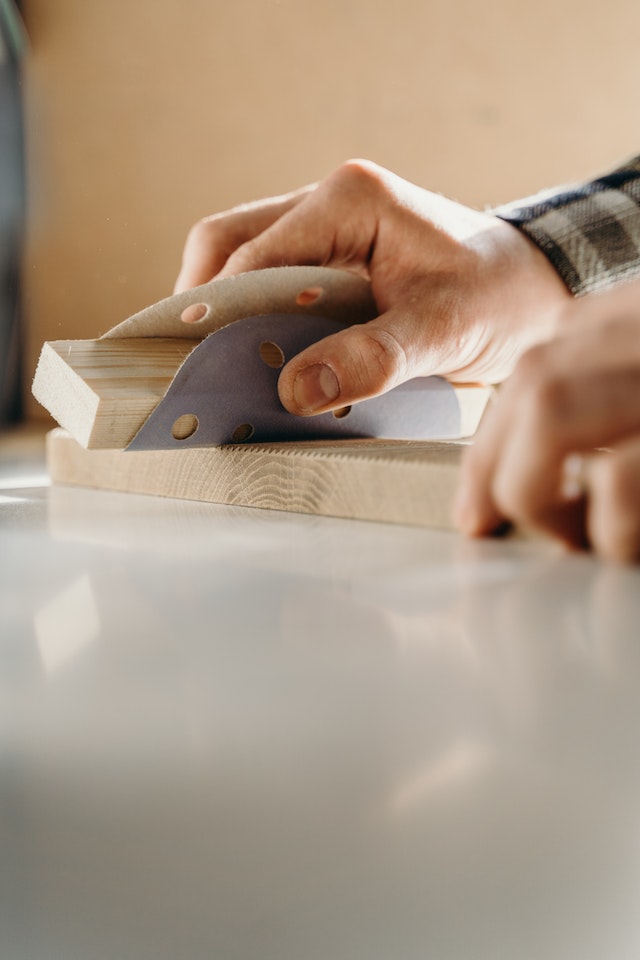
Thanks I I didn’t know about the .
.
a little fun fact for sure! Thanks for reading.